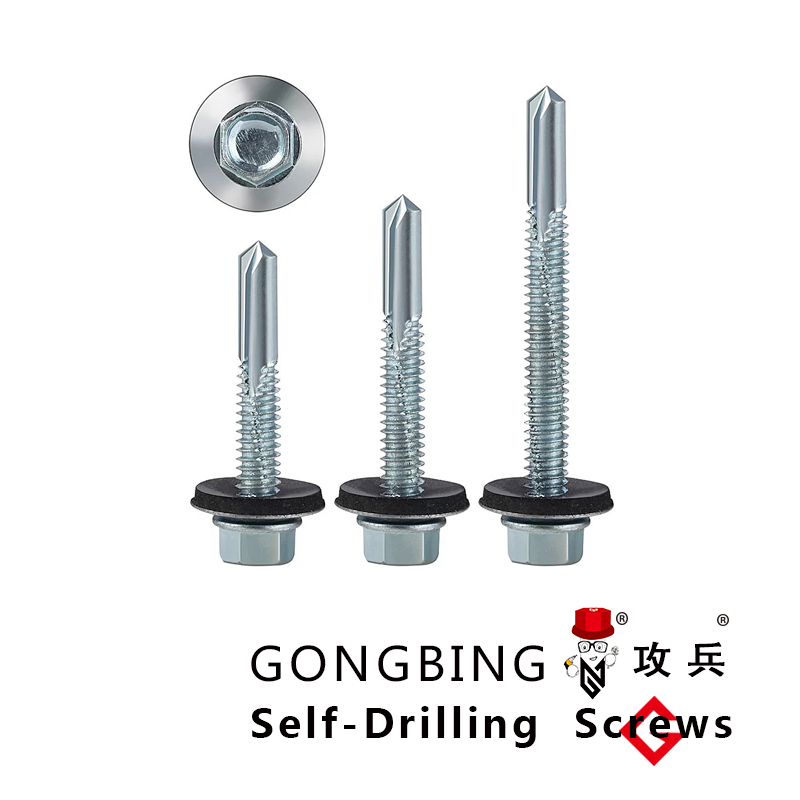Guide to M16 Concrete Anchor Installation and Best Practices
The M16 Concrete Anchor A Comprehensive Guide
In the realm of construction and engineering, the choice of anchor systems is crucial for ensuring the stability and safety of structures. Among various types of anchors, the M16 concrete anchor has gained prominence due to its versatility and reliability. In this article, we will delve into the features, applications, and installation processes of M16 concrete anchors, highlighting their importance in modern construction.
What is an M16 Concrete Anchor?
The M16 concrete anchor is a type of mechanical anchor designed for use in concrete and masonry applications. It refers to the nominal diameter of the anchor bolt, which is 16 millimeters. These anchors are typically made from high-strength steel, providing excellent tensile and shear strength, making them suitable for a variety of applications ranging from light to heavy-duty loads.
M16 anchors are usually available in different forms, including expansion anchors, chemical anchors, and undercut anchors. Expansion anchors work by expanding as the bolt is tightened, creating a secure grip within the concrete. Chemical anchors, on the other hand, utilize a resin or adhesive to bond the anchor with the concrete, offering superior load-bearing capabilities, especially in cracked concrete conditions.
Applications of M16 Concrete Anchors
M16 concrete anchors are incredibly versatile and can be used in numerous applications, such as
1. Structural Support They are commonly used to secure beams, columns, and other structural elements to concrete foundations, providing essential stability to buildings and bridges.
2. Machinery and Equipment Installation These anchors are ideal for fixing heavy machinery and equipment in place, ensuring safety and operational efficiency in various industrial settings.
3. Railings and Guardrails M16 anchors are frequently employed to install railings and guardrails along walkways, stairs, and other areas where safety is paramount.
4. HVAC Systems In commercial and residential constructions, these anchors are used to secure HVAC units and ductwork, maintaining their stability and preventing vibration issues.
m16 concrete anchor

Installation Process
The installation of M16 concrete anchors involves several key steps to ensure proper anchoring and safety
1. Surface Preparation The area where the anchor will be installed should be clean and free from dust, debris, or any other materials that could interfere with the bond.
2. Drilling the Hole Using a hammer drill with the appropriate-sized masonry bit, a hole is drilled into the concrete at the desired depth and angle. It is essential to follow the manufacturer’s specifications regarding the hole size to match the anchor.
3. Cleaning the Hole After drilling, the hole must be thoroughly cleaned to remove any debris or dust. This can be done using a vacuum or compressed air, which ensures proper adhesion and anchoring.
4. Installing the Anchor Depending on the type of M16 anchor being used, either insert the expansion anchor or mix and inject the chemical adhesive as per the manufacturer’s guidelines. Ensure that the anchor is properly seated within the hole.
5. Tightening For mechanical anchors, once the anchor is in place, tightening the bolt to the recommended torque is vital to ensure that the anchor expands and locks securely in the concrete.
6. Testing After installation, it is advisable to perform a load test to confirm that the anchor has been installed correctly and is capable of handling the intended loads.
Conclusion
The M16 concrete anchor is an indispensable tool in the construction industry, offering durability and strength for a variety of applications. Its ability to support significant loads while ensuring stability makes it a preferred choice among engineers and builders. By understanding the features, applications, and proper installation techniques of M16 concrete anchors, professionals can ensure that their projects are secure, efficient, and built to last. Whether you are embarking on a new construction project or upgrading existing structures, M16 concrete anchors are a critical component that should not be overlooked.
-
Weatherproof Plastic Expansion Anchors for OutdoorNewsJun.06,2025
-
Sustainability in the Supply Chain: Eco-Friendly TEK Screws ProductionNewsJun.06,2025
-
Load-Bearing Capacity of External Insulation FixingsNewsJun.06,2025
-
Double Head Bolts: Enhancing Efficiency in Industrial MachineryNewsJun.06,2025
-
Corrosion Resistance in Chipboard Screws: Coatings for Wholesale DurabilityNewsJun.06,2025
-
Butterfly Toggle Bolts : Enhancing Structural ResilienceNewsJun.06,2025
